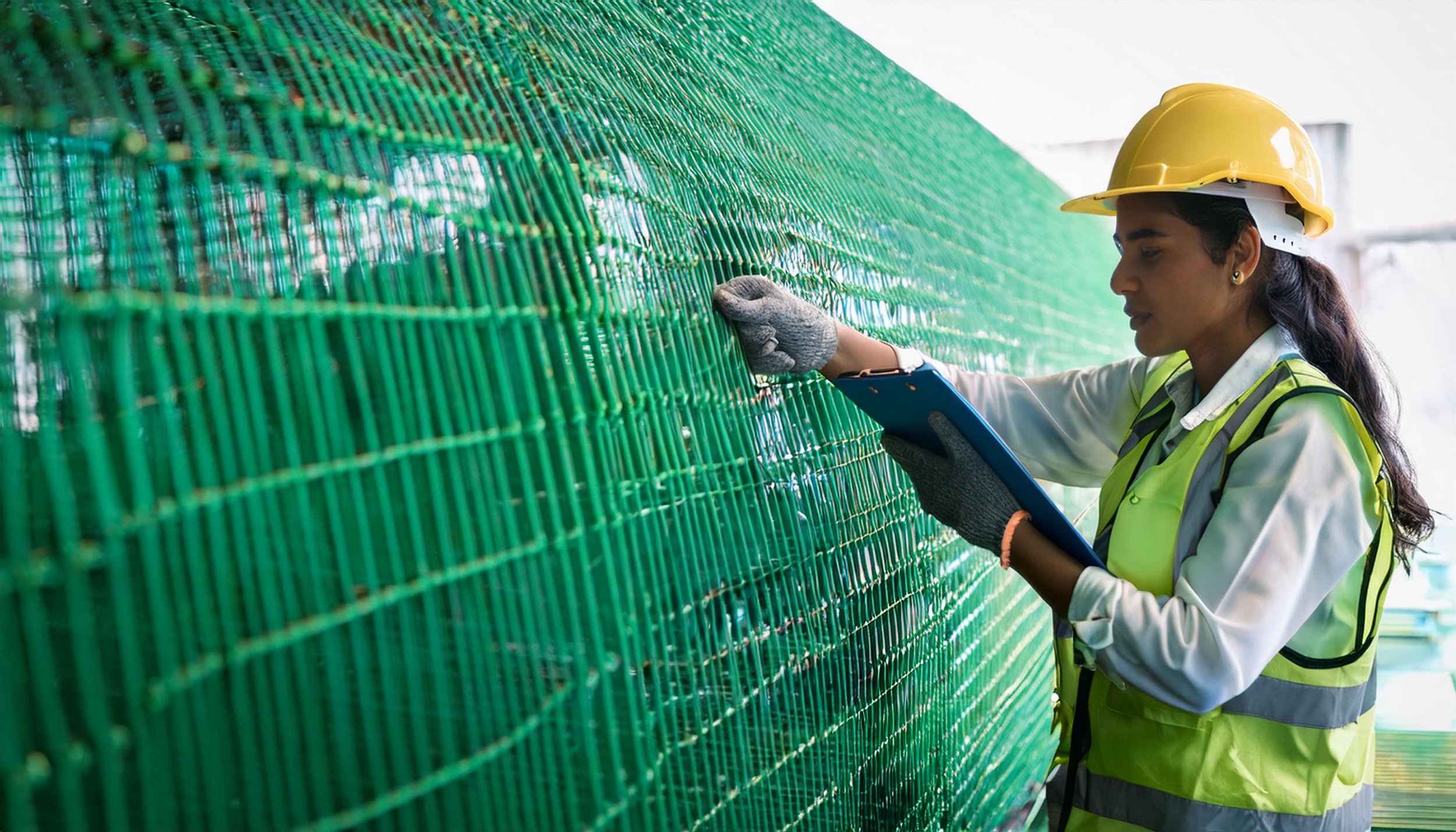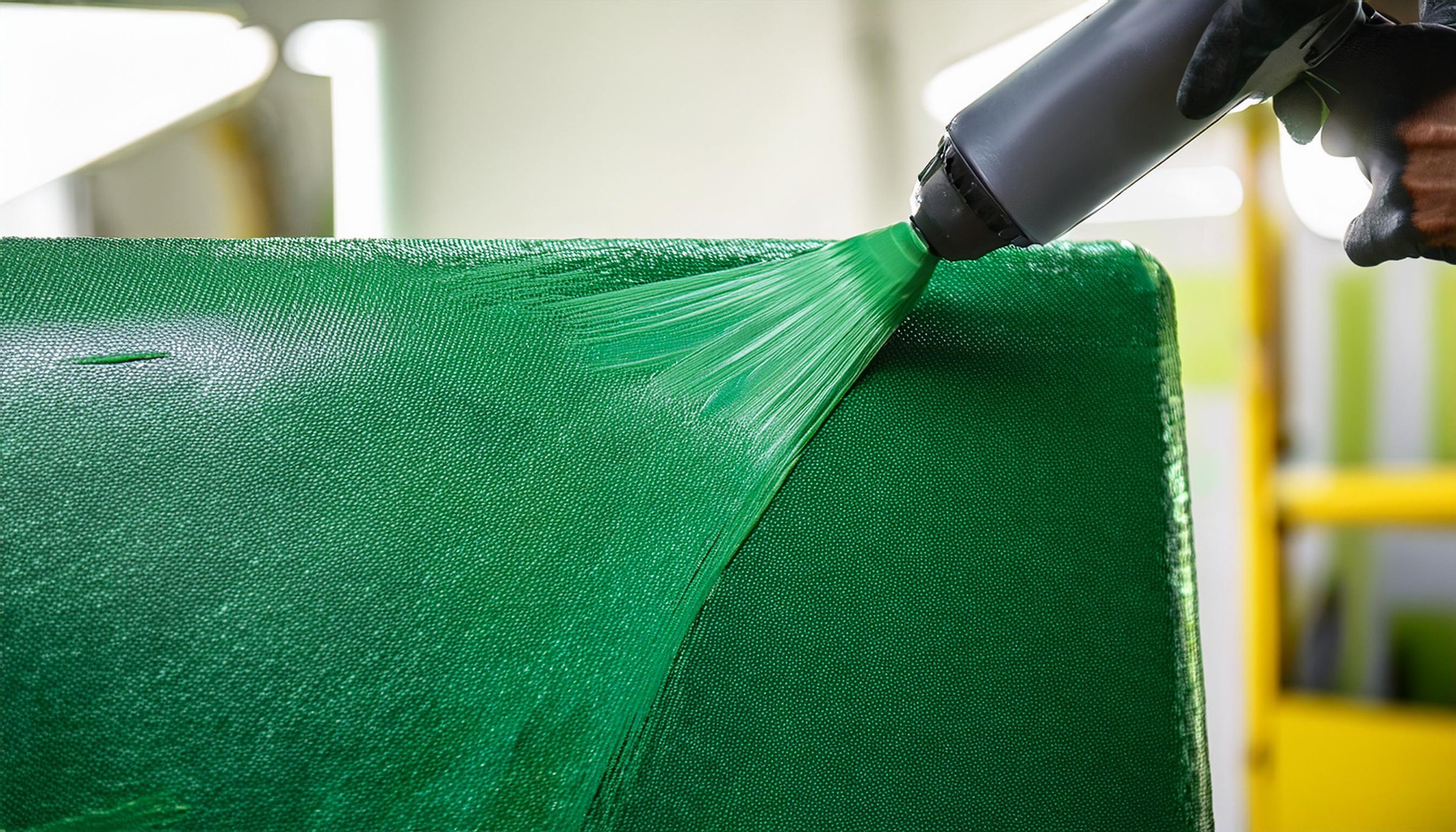Maximizing the Lifespan of FRP Structures: Best Practices for Long-Term Durability
Fiber-Reinforced Polymer (FRP) structures have become increasingly popular across industries due to their impressive strength, lightweight nature, and resistance to corrosion. However, while FRP materials are designed for longevity, proper maintenance and care are essential to ensure that they perform at their best over time. In this blog, we’ll explore how to maximize the lifespan of your FRP structures and ensure their long-term durability.
What is FRP and Why is it Popular?
Fiber-Reinforced Polymer (FRP) is a composite material made by combining a polymer matrix with reinforcing fibers such as glass (GFRP), carbon (CFRP), or aramid. This combination creates a material that offers high strength, low weight, and excellent resistance to environmental factors. As a result, FRP is widely used in industries like construction, marine, infrastructure, and energy for applications such as FRP gratings, cable trays, rebars, radomes, and fencing.
Key benefits of FRP include:
Corrosion Resistance: FRP structures are resistant to corrosion caused by chemicals, moisture, and UV exposure, making them ideal for harsh environments.
Lightweight: Compared to traditional materials like steel and concrete, FRP is lightweight, reducing installation costs and making it easier to transport and handle.
High Strength-to-Weight Ratio: Despite being lightweight, FRP offers exceptional strength, making it suitable for load-bearing applications.
Factors Affecting the Lifespan of FRP Structures
Even though FRP is known for its durability, several factors can impact its lifespan:
Environmental Conditions: Prolonged exposure to UV rays, chemicals, moisture, and temperature fluctuations can degrade the material over time.
Mechanical Stress: Excessive loads, impacts, or vibrations can weaken FRP structures, especially if they exceed design specifications.
Installation Quality: Proper installation is critical to the longevity of FRP structures. Poor installation practices can lead to premature failure.
Best Practices for Extending the Life of FRP Structures
To ensure that your FRP structures provide long-lasting performance, follow these best practices:
Regular Inspections and Monitoring
Routine Visual Inspections: Regularly check for signs of damage, such as cracks, discoloration, or surface wear. Early detection of issues can prevent more severe problems down the line.
Advanced Monitoring Techniques: Use technologies like ultrasonic testing or thermography to assess the internal condition of FRP structures, especially in critical applications like bridges or offshore platforms.
2. Proper Cleaning and Maintenance
Surface Cleaning: Clean FRP surfaces regularly using mild detergents and water. Avoid using harsh chemicals or abrasive cleaners that can damage the protective surface layer.
Preventive Maintenance: Address minor issues as soon as they are detected. For example, repairing small cracks or applying a fresh protective coating can prevent further deterioration.
3. Protective Measures Against Environmental Exposure
Protective coating being applied on FRP for better resistance to harsh environments
UV Protection: Prolonged exposure to sunlight can cause the polymer matrix in FRP to degrade. Applying UV-resistant coatings or paint can protect your structures from harmful UV rays.
Chemical Barriers: If your FRP structures are exposed to aggressive chemicals, consider using chemical-resistant coatings or liners to prevent damage.
4. Load Management
Adherence to Load Specifications: Ensure that FRP structures are not subjected to loads beyond their design capacity. Overloading can cause stress and lead to structural failure.
Impact Prevention: Implement protective measures in high-traffic or industrial areas to prevent accidental impacts that could damage FRP structures.
5. Temperature Control
Thermal Insulation: In environments with extreme temperature fluctuations, thermal insulation can help minimize the effects of expansion and contraction on FRP materials.
Ventilation: Ensure proper ventilation in enclosed spaces to prevent heat buildup that could affect the integrity of FRP structures.
Case Studies: Successful Maintenance of FRP Structures
Marine Industry: In coastal areas where FRP is used for seawalls and docks, regular maintenance and UV protection have helped extend the lifespan of these structures. Cleaning with non-abrasive cleaners and applying protective coatings have prevented saltwater corrosion and UV damage.
Construction Industry: FRP gratings and rebars in industrial facilities have shown impressive durability when paired with regular inspections and prompt repairs. In areas exposed to chemicals, protective coatings have played a critical role in preserving the integrity of the material.
Infrastructure: FRP bridge reinforcements have remained in excellent condition due to routine monitoring and preventive maintenance, ensuring safety and longevity. Regular inspections have allowed for early detection of wear, leading to timely repairs and extended service life.
Conclusion
Fiber-Reinforced Polymer (FRP) structures offer incredible benefits, including high strength, lightweight, and resistance to corrosion. However, like any material, their longevity depends on proper care and maintenance. By following the best practices outlined in this blog—such as regular inspections, cleaning, protective measures, and prompt repairs—you can ensure that your FRP structures remain in optimal condition for years to come. With the right approach, FRP can continue to be a reliable and durable solution for a wide range of applications.



